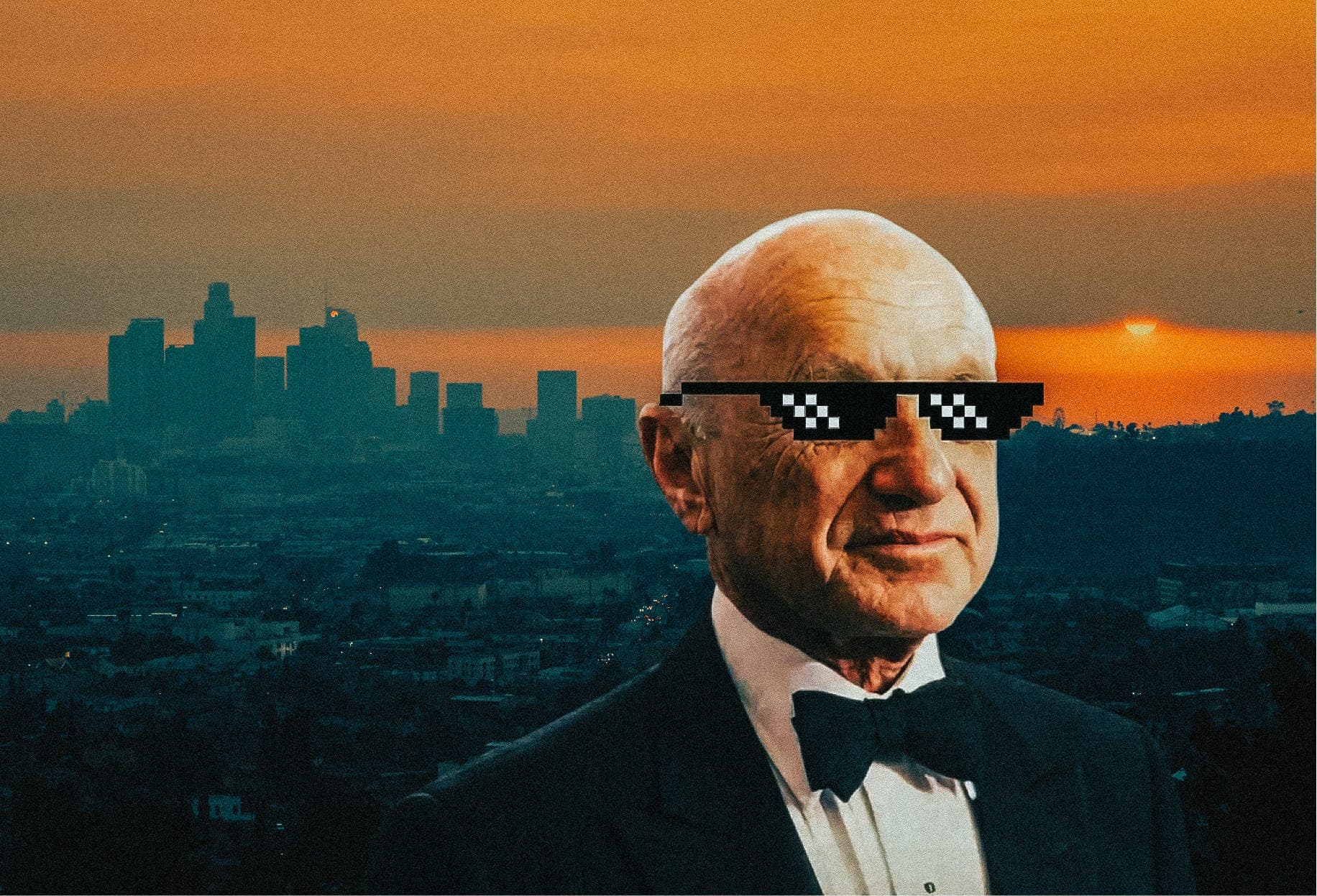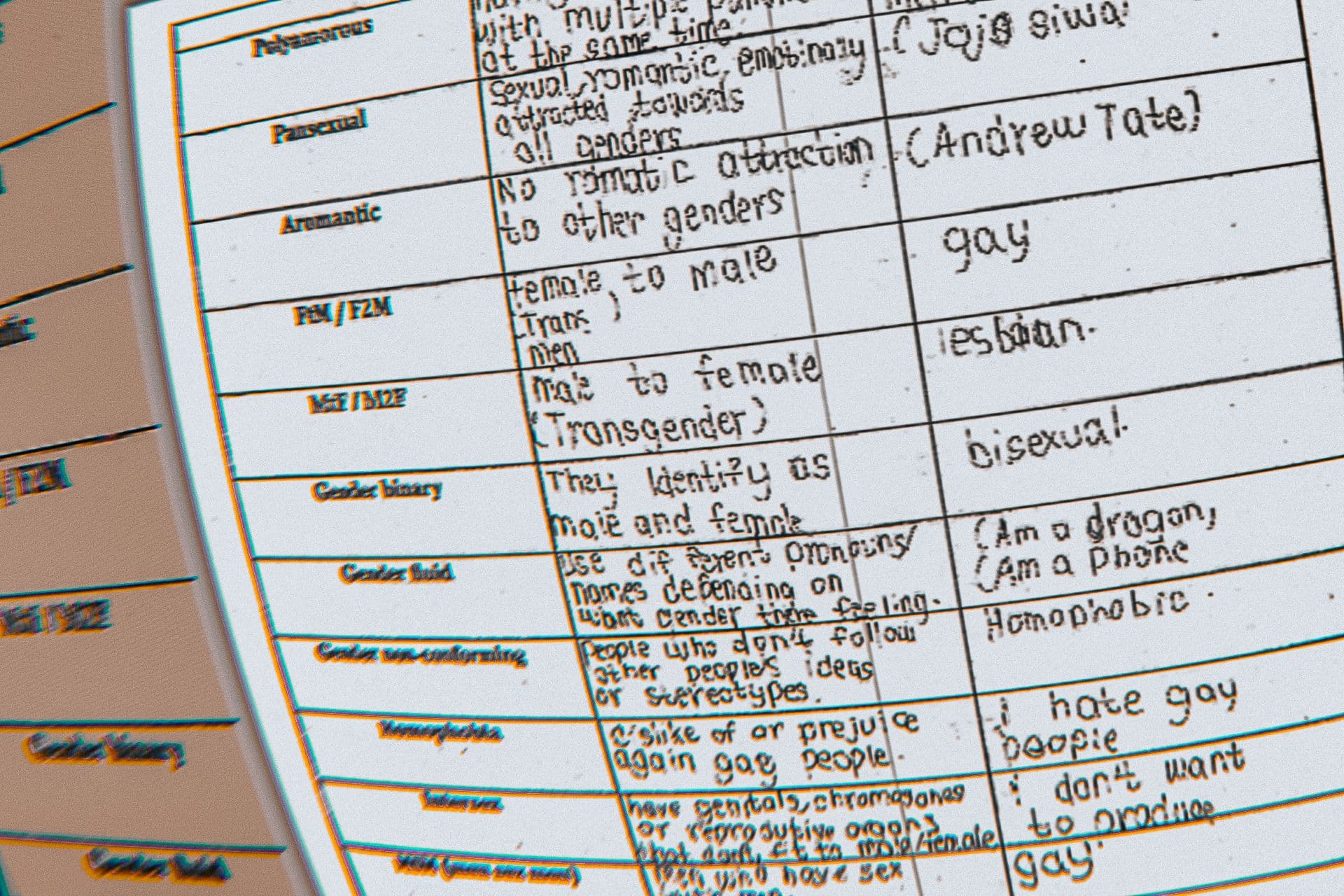
LA Rent Caps Will Backfire (on Renters)Dec 4
city council votes to cap rent increases below inflation, crushing long-term cashflow for landlords with below market rents and knee-capping new development
Apr 10, 2024

In January, Nancy Githoitho, the mother of a ninth-grade student at San Francisco Unified School District’s George Washington High School, was shocked to find a worksheet her son had completed in Health Education class. Titled “Sex Unit Terms,” the three-page assignment lists dozens of niche gender- and sexuality-related terms — including “skoliosexual,” “bigender,” “polyamorous,” and “down low” — and asks children to define the terms and describe a scenario “demonstrating understanding” of them. There, in boyish print, were her son’s answers:
https://worksheetdei.tiiny.site/
The worksheet is likely from the “Gender Norms, Gender Identity, Transgender Experiences” section of Health Education, which also includes topics like “Systems of Oppression and Privilege, Prejudice, Implicit Bias, and Discrimination” and “Sexuality Orientation and Identity,” according to a 2020-21 syllabus reviewed by Pirate Wires. A graduation requirement for all students in SFUSD, Health Education is the final course in a series that runs from kindergarten through high school. Though the content of these courses varies by grade level, discussion of self-determined gender and sexual identity is emphasized throughout.